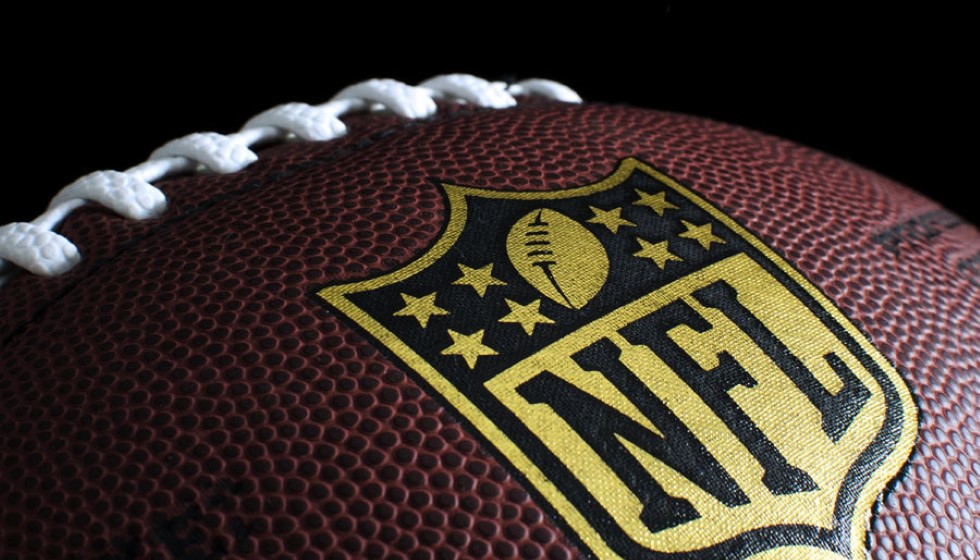
The NFL Returns with Hall of Fame Game Featuring New Kickoff Rules
The return of the National Football League (NFL) stirred excitement among fans nationwide as the Pro Football Hall of Fame Game signaled the official start of the 2024 preseason. In this much-anticipated bout, the Chicago Bears faced off against the Houston Texans, offering the first taste of competitive football since the end of last season.
This year's Hall of Fame Game didn't just mark the resumption of NFL action; it also showcased an important aspect of the league's evolving rulebook. The NFL introduced revamped kickoff regulations, implemented on a trial basis for the 2024 season, with the dual aim of enhancing entertainment value and prioritizing player safety.
New Kickoff Regulations Unveiled
The fresh set of rules imposes specific formations and constraints on both the kicking and receiving teams. According to the new guidelines, the kicking team's players, with the exception of the kicker, must line up on the receiving team’s 40-yard line. Meanwhile, the receiving team must position at least nine players within a "Setup Zone" that stretches between their 30- and 35-yard lines. This strategic zone is designed to create a structured environment and potentially reduce high-speed collisions.
Furthermore, only a maximum of two receiving-team players are allowed to be within the "Landing Zone," which ranges from the goal line to the 20-yard line. Importantly, players positioned in the Setup Zone and those on the kicking team are restricted from moving until the ball hits the ground or is fielded by a returner within the Landing Zone or end zone.
Implications and Strategic Adjustments
If a kickoff lands before reaching the Landing Zone, the play is instantly ruled dead, handing possession to the receiving team at their own 40-yard line. Should the ball descend within the Landing Zone, it mandates a return unless it makes it to the end zone where it can be downed for a touchback. For touchbacks resulting from downing the ball in the end zone, the receiving team starts from their 20-yard line. If a kick ends up beyond the end zone's boundaries, whether on the fly or after a bounce, the receiving team begins from the 30-yard line.
Notably, the regulations pertaining to onside kicks have experienced a minor yet significant tweak. While the primary rules remain unchanged, teams trailing can now only attempt onside kicks during the fourth quarter, adding a nuanced layer to late-game strategies.
Assessing the Long-Term Impact
The NFL's decision to roll out these rules on a provisional basis underscores its commitment to carefully examining the interplay between player welfare and the excitement of the game. Over the 2024 season, the league will diligently monitor how these changes influence various facets of the game, from field positioning and player performance to overall game strategy.
The modifications promise to offer new tactical challenges for both coaches and players, potentially altering the dynamics of kickoff returns and coverage. Fans, too, will be keenly observing whether these adjustments translate to a more thrilling watching experience without compromising the athletes' longevity and well-being.
As the preseason continues to unfold and progresses into the regular season, the new kickoff rules will remain a focal point of discussion. The league's evaluative approach ensures that any permanent adoption of these regulations will be backed by thorough analysis and a clear understanding of their broader implications on the sport.